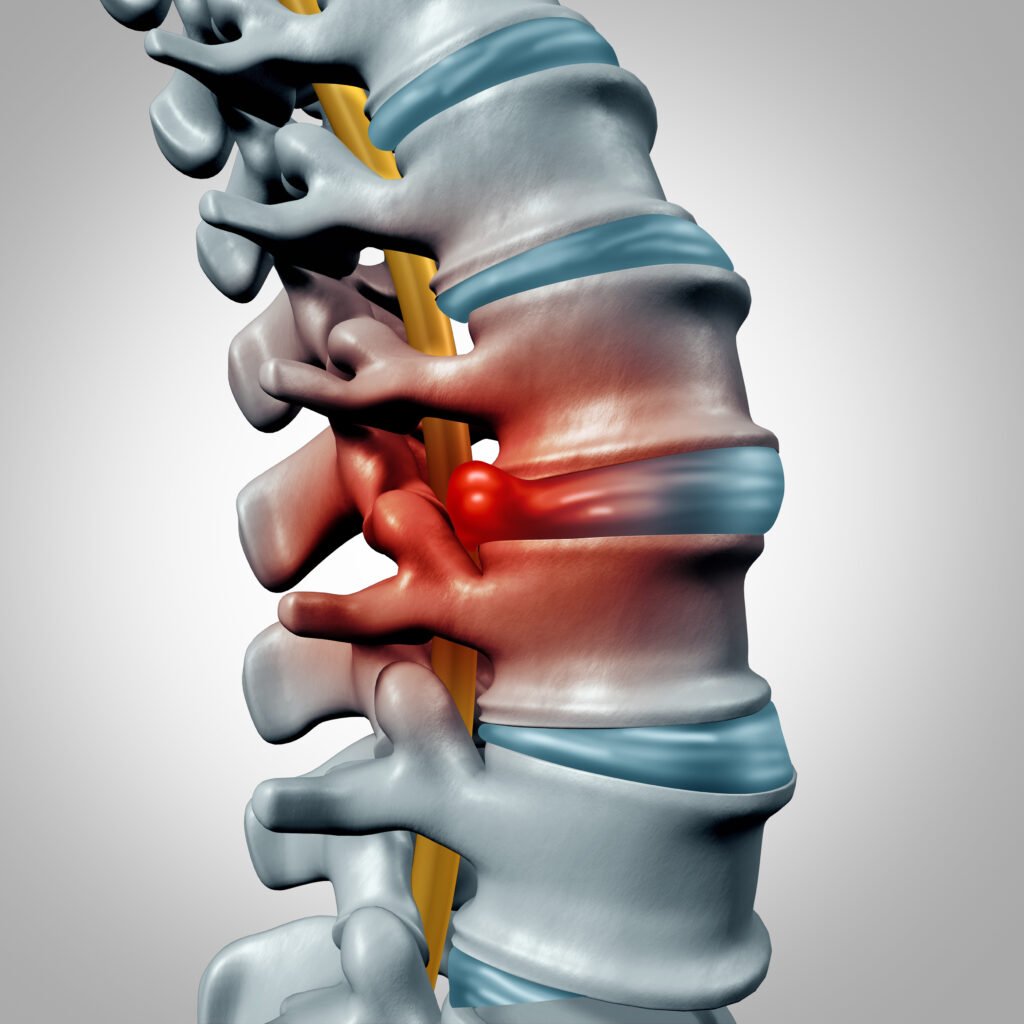Disc Bulge Sunrise
Disc Bulge Sunrise
Experiencing back pain, numbness, or tingling that travels down your legs or arms? These may be signs of a disc bulge—a condition where a spinal disc moves out of its normal position and compresses nearby nerves. This often occurs due to repetitive strain, aging, poor posture, or lifting injuries. At Theracave in Sunrise, we offer specialized physical therapy to relieve nerve pressure, reduce discomfort, and restore mobility—without the need for surgery or long-term medication use.
Our treatment plans are tailored to your body and lifestyle, focusing on gentle, functional exercises, postural correction, and core strengthening to support your spine. At Theracave, we guide you through every step of the recovery process, helping you heal safely and regain strength. Our goal is to help you move with ease, feel more confident, and return to your everyday activities pain-free.

Causes:
Symptoms
How Theracave Help Us?
Areas We Serve:
- Broward
- Davie
- Sunrise
- Tamarac
- Miramar
- Lauderhill
- Plantation
- Hollywood
- Coral Springs
- Fort Lauderdale
- Pembroke Pines
- Deerfield Beach
- Pompano Beach
Q&A
What is the difference between a disc bulge and a herniated disc?
A disc bulge occurs when the outer layer of a spinal disc protrudes outward evenly, without breaking open. A herniated disc (also called a slipped or ruptured disc) happens when the inner gel-like material pushes through a tear in the outer layer. Both can cause similar symptoms, but a herniation typically causes more severe nerve compression and pain.
Can a disc bulge heal on its own?
Yes, in many cases, a disc bulge can improve without surgery through conservative treatment like physical therapy, rest, posture correction, and targeted exercises. Healing time varies depending on the severity of the bulge and the individual’s activity level and overall health.
When should I see a doctor about back pain from a disc bulge?
You should see a doctor if your back pain persists for more than a few weeks, worsens over time, or includes symptoms like numbness, tingling, weakness, or pain radiating into your arms or legs. These may indicate nerve involvement and require professional evaluation and care.
What types of treatment can help with a disc bulge?
Physical therapy is one of the most effective non-surgical treatments. It focuses on relieving pressure, improving mobility, and strengthening the muscles that support your spine. Other options may include anti-inflammatory medications, activity modification, posture correction, and in rare cases, injections or surgery.
What Customers Are Saying
Our Process
How It Works?
Reach out to us via our online form or call to schedule an initial assessment.
Based on your unique needs, we develop a tailored therapy program.
Our professionals guide you through each session, focusing on effective rehabilitation.

